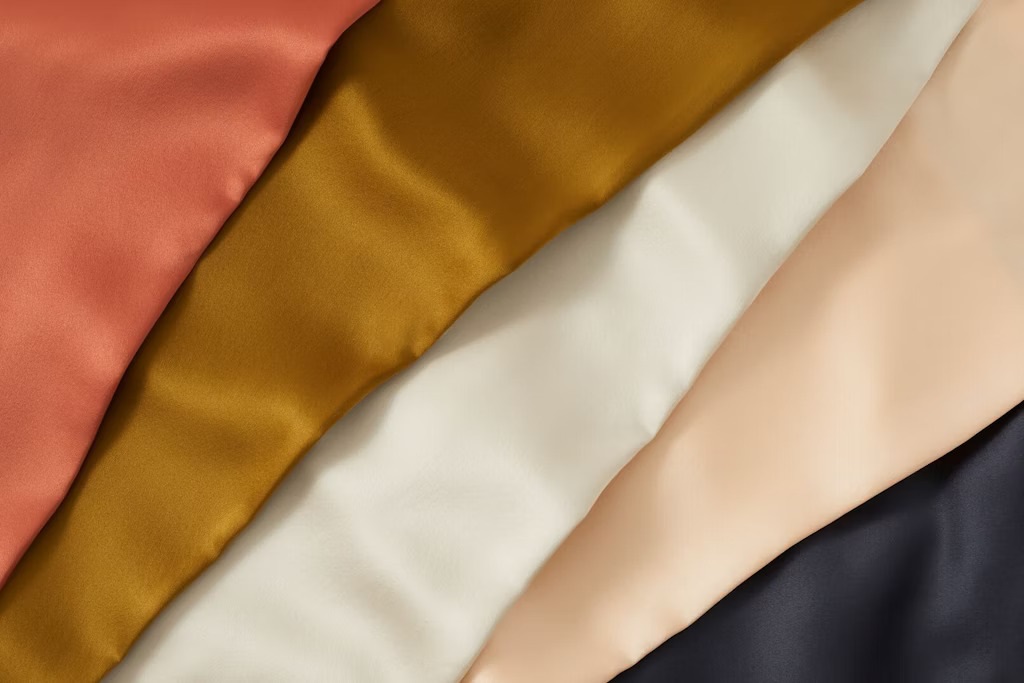Is Satin Clothes Hot or Cold?

Have you ever slipped into a gorgeous satin outfit and wondered whether it would keep you cool or make you feel like you’re roasting in an oven? It’s a question that many fashion enthusiasts have pondered. Satin, known for its luxurious sheen and smooth texture, has captured the hearts of many. But when it comes to its thermal properties, the answer isn’t as straightforward as you might think. In this article, we’ll delve into the world of satin clothes and explore whether they tend to run hot or cold. So, grab a cup of your favorite beverage and let’s embark on this textile adventure together! This content is presented by Homeyplans.com.
Understanding Satin: Beyond the Gloss
Before we jump into the temperature debate, let’s take a moment to understand what satin actually is. Satin is a woven fabric known for its glossy surface and lustrous appearance. It’s made using a weaving technique that creates a smooth front surface with a dull back. This unique structure gives satin its signature shine. But does this shine translate to warmth?
The Breathability Factor: Keeping Cool in Satin
One of the key factors that contribute to the comfort of any fabric is its breathability. Breathable satin clothes allow air to circulate, helping to regulate body temperature and prevent overheating. When it comes to satin, its smooth surface might make you think it could trap heat. However, satin made from natural fibers like silk can actually be quite breathable. Silk satin allows air to flow, making it a viable option for warmer weather. So, if you’re heading out for a summer soirée, that satin dress might be a cooler choice than you thought!
Insulation Properties: Wrapping Up in Satin
Now, let’s consider the insulation properties of satin. Insulation is what keeps us warm during colder months. While satin may not be as thick as your cozy winter sweaters, it can still provide a certain level of warmth. Satin has a smooth surface that doesn’t trap heat as effectively as other fabrics, allowing for some breathability. However, it can help retain a bit of body heat, making it a potential option for cooler temperatures. It’s like a fashionable middle ground between a lightweight summer dress and a thick winter coat.
Mixing Fashion and Comfort: The Art of Layering
As with many clothing choices, the key to staying comfortable in satin lies in how you layer and accessorize. Pairing your satin pieces with complementary fabrics can help you achieve the desired temperature balance. A satin blouse under a stylish blazer can offer warmth without making you feel like you’re in a sauna. On the other hand, a flowy satin skirt paired with a breathable top can keep you cool and stylish during the warmer months.
Debunking the Myths: Satin’s Reputation
Satin often gets a bad rap for being associated with discomfort due to misconceptions about its temperature-regulating properties. However, it’s important to note that not all satin is created equal. The type of fiber used, the weave, and even the thickness of the fabric can all influence how hot or cold it feels against your skin. So, instead of painting satin with a broad brush, it’s worth considering the specifics of the piece you’re eyeing.
Conclusion
In the end, the question of whether satin clothes are hot or cold doesn’t have a one-size-fits-all answer. Satin’s thermal performance depends on various factors, including the fabric’s composition, weave, and your personal comfort preferences. It’s a fabric that’s as versatile as it is elegant, capable of adapting to different temperatures and occasions. So, the next time you slip into a satin ensemble, rest assured that you’re making a stylish choice that can cater to the weather and your comfort alike. And if you’re wondering, which colors fit with blue? satin’s sheen complements a wide range of colors, allowing you to create stunning combinations that suit your style.
FAQs
Q1: Can I wear satin in the summer without feeling too hot?
Absolutely! Satin made from natural fibers like silk can be breathable and comfortable, even in warmer temperatures.
Q2: Will satin keep me warm during the winter?
While satin isn’t the warmest fabric out there, it can provide some insulation and contribute to a stylish layered look in colder weather.
Q3: Is all satin created equally in terms of thermal properties?
Not necessarily. Different factors, such as the type of fiber and the weave, can influence how hot or cold satin feels against your skin.
Q4: Can I wear satin for both formal events and casual outings?
Definitely! Satin’s elegant sheen makes it suitable for formal occasions, while its versatility allows for chic casual outfits as well.
Q5: How can I ensure I’m comfortable in satin?
Pay attention to the fabric’s composition and layering options. Mixing satin pieces with other fabrics can help you achieve the desired comfort level.









